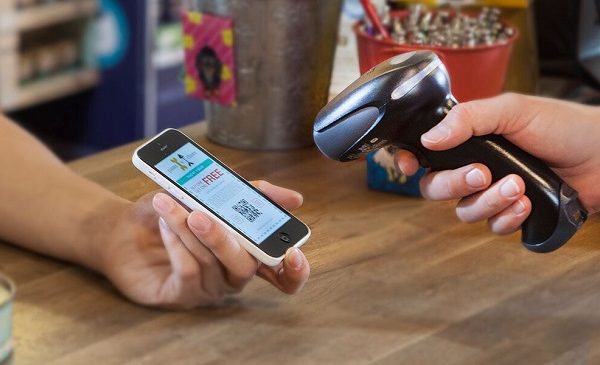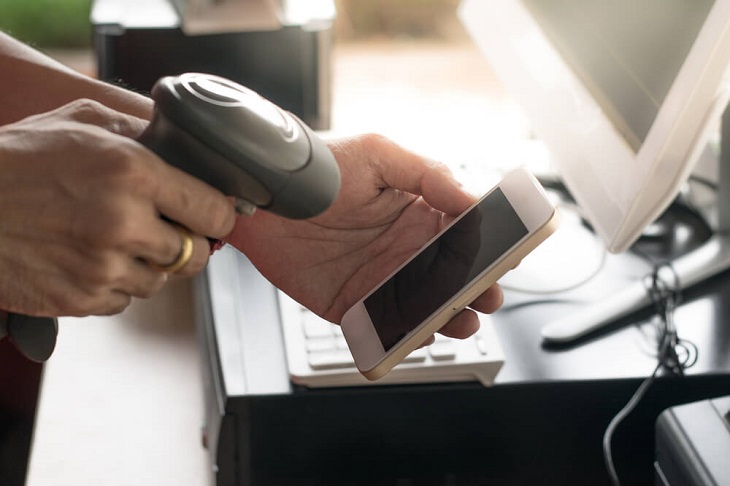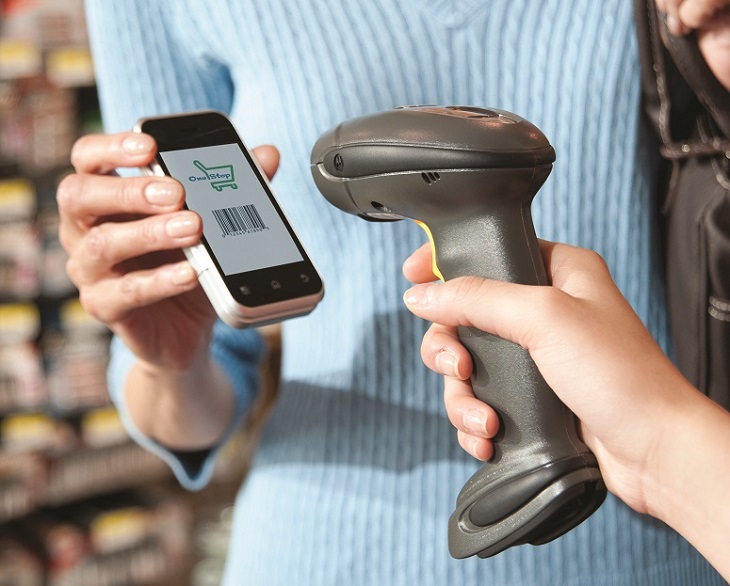20
Dec

Introducing barcodes 40 years ago has made a huge difference from a sales and inventory point of view. By scanning these printed graphics with a barcode scanner, also called a reader, you can get detailed product information, essential to track volumes and sales on an incoming or outgoing inventory.
Due to the advances in technology, there are plenty of different barcode readers on the market. There is no huge difference between how different models perform some of the basic functions. The only difference is in the extra features they offer. Let’s review the most commonly used ones, so you can choose the right type for your business.

Depending on the size of your business, you can choose a barcode reader that will be the most convenient to process all the inventory and serve you well. When making your pick, bear in mind that your business might scale in a year or two, so you’d need one that can adapt even if your business needs to grow.
So, let’s go through the list together.
The laser scanner is the most advanced type and most commonly used. It works by using a red diode laser reflecting through the various spaces on the black and white barcode, providing highly accurate results. These readers are designed for scanning 1D barcodes anywhere from a few centimetres to half a meter.
The downside of choosing a laser scanner is its internal glass and plastic parts that move with each scan, making it easy to break compared to an image scanner. These scanners are mostly used in retail settings and they can be either handheld or mounted.
By using a small digital camera in order to capture the image of a barcode, the image scanners have sophisticated digital image processing functionalities. When scanned, the image is decoded and read by a computer.
Older image scanners will only read barcodes at a close distance, while new ones are more flexible when it comes to distance. This makes them applicable to small businesses as well as large companies. Image scanners can be corded or cordless, and they are intended for 1D barcodes.
Nevertheless, there are also 2D area image scanners that can scan all barcode types – 1D, 2D and stacked. Some of the advantages of choosing an image scanner are its increased speed because it can read the barcode no matter how you place it in front of it.
The simple construction of a pen-type reader, consisting of a LED light and a photodiode is what makes it quite a convenient barcode-reading device that can be used on the go. When the pen-like scanner is dragged over the barcode, the light reflected from the bars is captured by the photodiode and is converted into digital information.
Even though pen scanners are quite affordable, hitting the barcode at the right speed is essential to read the code properly. Failure to do so can result in flawed data.
The hundreds of tiny sensors (LED lights) in the front of the CCD reader are what give it its name – Charge Coupled Devices (CCD). This type of scanner is ideal for obtaining correct results. So, if your business depends on accurate data, the CCD will be the right investment.
This device uses the voltage of ambient light, converting it to computer-readable data. Its function is much more different compared to laser and pen scanners. The downside of this device is the fact that it has a limited read range compared to laser models. It also requires holding the device very close to the barcode to get the information.

Once you decide which type the most convenient for your business, you should go on and choose its form. The format mostly depends on where you are going to use the barcode scanners.
For instance, if you need a barcode reader for a checkout terminal, then you can go on with a plugged, corded one. On the other hand, a large facility with a warehouse would require a mobile, cordless reader, as a better option.
Let’s check out what exactly is offered to you.
These are very easy to use because they require holding the handle, pointing it to the barcode and pressing the button to scan. Handheld scanners are mostly used in grocery stores, warehouses, healthcare facilities and for field services.
For stationary, wide-area reading you can place the presentation scanners on a countertop. This way the presentation reader will read the barcode placed over it, without needing to point the scanner to the object, but vice versa.
These types of scanners are mostly used at retail stores and checkout counters because they offer a quick and effective way of barcode reading.
While in the past, barcode readers were only used with a cord, plugged into a computer, nowadays most are cordless thanks to Bluetooth. The cordless scanners function by transferring information to a base that is connected to a computer through wireless technology.
Now that you know what your options are, you can conveniently and safely buy barcode scanners online. The basic distinction between all of them is mentioned above, just so you can choose more easily.